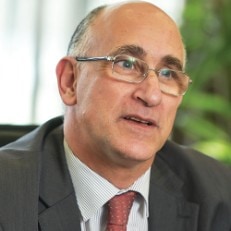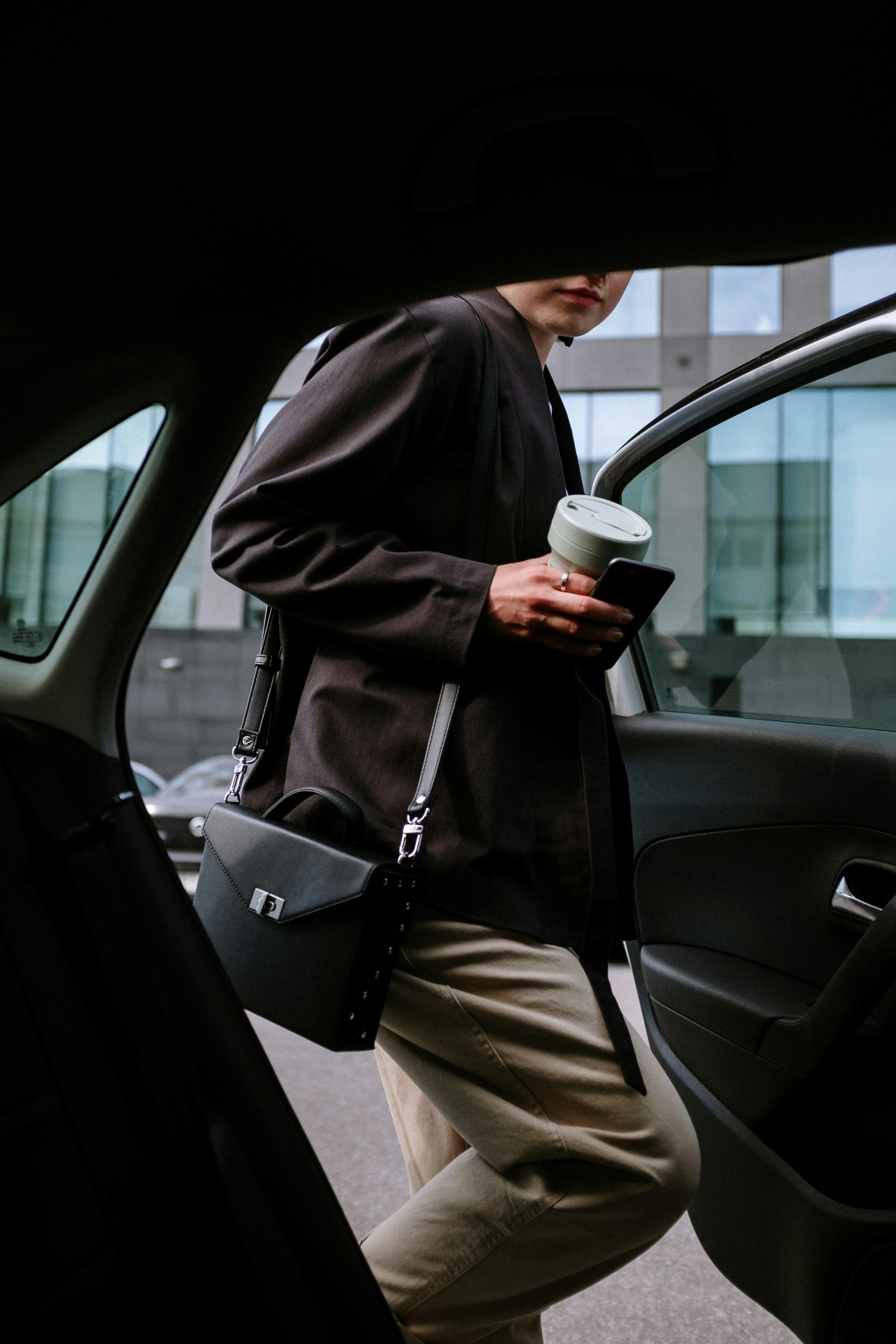
The “writing was on the wall” for Malta’s tourism industry, even prior to the pandemic, according to one expert.
Speaking during the Malta Hotels and Restaurants Association (MHRA)’s Annual Forum 2021, Raphael Aloisio, a financial advisory leader at Deloitte Malta, charted the “phenomenal growth” of the country’s tourism industry between 2010 and 2018, when arrivals increased by 1.4 million.
However, this growth was not sustainable, and in the years immediately prior to the pandemic, there were some signs that the industry was “overheating,” he said.
Revenues were plateauing, as were profit margins, and the supply of tourist rooms in the country had exploded – flagging a concerning scenario for the industry.
By the end of 2018, there were around 200 collective accommodation properties, with close to 19,000 rooms and 43,000 beds, he observed, straining the demand for tourism in the country, which according to Mr Aloisio is naturally limited due to its size and status as an island.
Staffing shortages – now the widely reported bane of the wider hospitality industry – were already a problem pre-COVID, he observed, as an increase in growth outstripped the supply of staff, forcing the industry to import growing numbers of employees.
The number of foreign workers employed in accommodation and food service activities increased by almost five times between 2010 and 2019, he said.
Health and safety ‘at the heart’ of Malta’s offering
As Malta’s tourism industry looks to the seeming remission of the spread of COVID in the country, it should focus on the country’s perception as a “safe” and “healthy” location as “at the heart” of its recovery, according to the expert.
He reflected that this perception of the country could be a leading factor that helps its tourism industry recover.
The country’s health measures, he said, and their impact on the spread of the virus have helped to portray it as a “safe” destination, thus appealing to a greater number of travellers.
Indeed, he observed, as things stand, the number of people travelling to Malta seems to be increasing at a slightly faster rate than in other markets.
A digital transformation
Looking to the longer-term future, Mr Aloisio presented emphasised the opportunities offered by the prospects of digitalisation.
The country’s small size, he said, provides the opportunity for its stakeholders to work together in this regard, to create a collective app for the broader industry.
Other destinations, due to their size, would struggle to achieve this, he said, but Malta’s stakeholders have shown that when they collaborate, they can “win together.”
Another opportunity comes from the changes in working philosophies, as the pandemic has brought remote work into the vogue.
Mr Aloisio predicted that these trends – as people can work from their vacations – would allow for new year-round tourism.
“People will be traveling for longer, and will find a way to blend their work with their travel,” he said.
Regardless of this optimism, he predicted that Malta’s tourism industry will not recover to pre-COVID levels before 2024.
In 2020, business was 80 per cent down, he reflected, whereas in 2021-22 it will be 50-40 per cent below pre COVID levels, and in 2022 to 2023 will be 10 to 20 per cent below the level.
“This is a marathon, not a sprint. We need to focus on making more with less,” he concluded.
255 third-country nationals ordered to leave Malta in first quarter of 2025
Returns across EU rise, but Malta’s numbers remain modest
Inbound sea tourism dips by 2.3% in early 2025
The overall outlook for Malta’s tourism sector still remains optimistic
Transport Malta tight-lipped on enforcement plans for white taxis and coaches
Uncertainty also remains over the technology used and how enforcement will be applied






